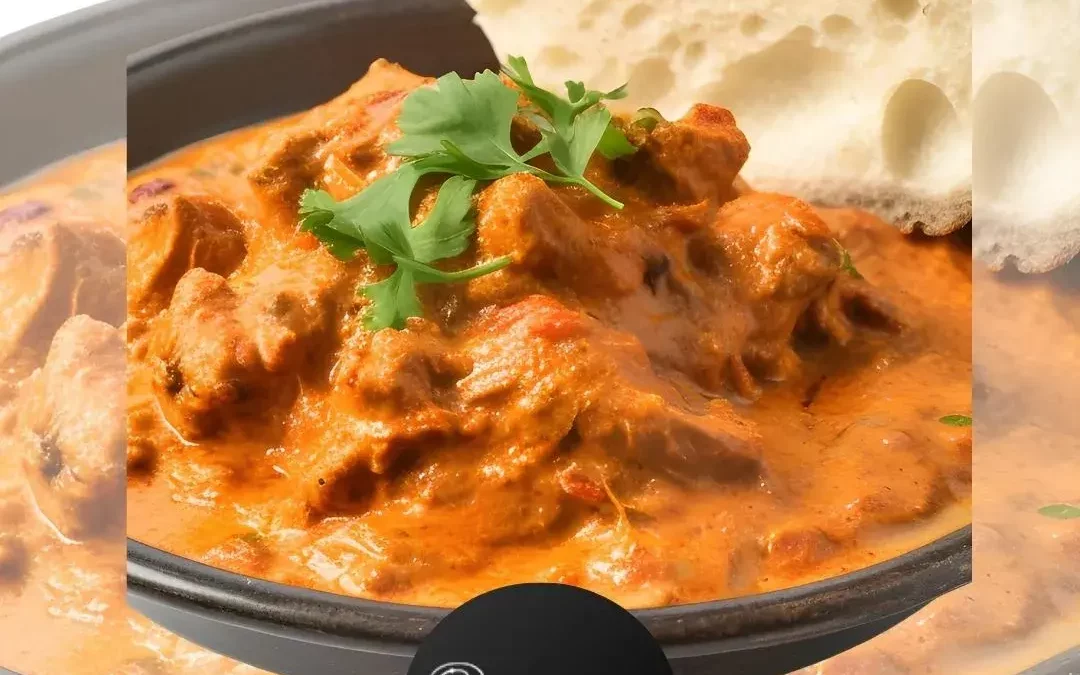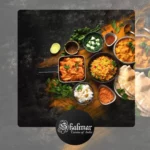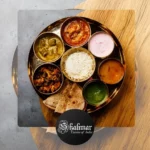If you’ve ever enjoyed Indian food, you’ve probably noticed how integral breads are to the experience. From soaking up rich curries to being the centerpiece of a meal, Indian breads are not just accompaniments—they’re essential to understanding and enjoying authentic Indian cuisine. From the humble roti to the indulgent paratha, let’s embark on a flavorful journey exploring the incredible variety and significance of Indian breads.
The Foundation of Indian Food: Roti and Chapati
Roti, also commonly known as chapati, is a cornerstone of daily Indian meals. Made simply with whole wheat flour and water, roti is nutritious, affordable, and versatile. Traditionally cooked on a hot griddle (tawa), it’s a lighter and healthier choice frequently enjoyed with vegetable dishes, lentils, and simple curries. In many Indian households, rotis are freshly prepared daily, reflecting the simplicity and nutritional balance deeply embedded in traditional Indian food.
Beyond Simplicity: The Richness of Paratha
Paratha, by contrast, takes the experience of bread-eating in Indian cuisine to an indulgent level. Parathas are layered, buttery, and often filled with delicious stuffing, elevating a simple meal into something extraordinary. Made from whole wheat flour dough, paratha preparation involves folding, rolling, and cooking on a griddle with ghee or oil to create its signature flaky texture.
Common fillings include spiced potatoes (aloo paratha), cauliflower (gobi paratha), paneer cheese (paneer paratha), and even sweet variations like sugar or jaggery-filled parathas enjoyed as breakfast treats. Parathas reflect the culinary diversity and creativity inherent in Indian food, where regional variations bring endless flavorful possibilities.
Regional Varieties: India’s Diverse Bread Landscape
One fascinating aspect of Indian bread culture is the incredible regional diversity. While roti and paratha dominate in the north, southern regions showcase breads such as dosa, a crisp rice and lentil crepe served with coconut chutney and spicy sambar. Moving west, Gujarat introduces theplas—thin, spiced flatbreads often enjoyed as snacks or travel foods. The eastern states favor luchis, which are crispy fried breads served with aromatic potato curries.
Each region’s bread uniquely complements local spices, ingredients, and cooking styles, highlighting how deeply intertwined bread is with Indian food traditions and culture.
Health and Cultural Significance
Indian breads don’t just satisfy taste buds; they also offer valuable nutritional benefits. Whole-grain options like roti provide fiber and complex carbohydrates, essential for a balanced diet. Additionally, traditional preparation methods often use minimal ingredients, making them wholesome and accessible staples in Indian food culture.
Moreover, bread in India symbolizes hospitality and warmth, often freshly made to welcome guests or during festivals and special occasions, enhancing the communal and cultural essence of Indian meals.
Embark on Your Own Culinary Adventure
Indian breads, from humble rotis to indulgent parathas, reveal the richness, diversity, and cultural significance of Indian food. By exploring different types of Indian bread, you gain deeper insights into India’s culinary heritage and the creative spirit behind each dish.
Next time you dive into Indian food, challenge yourself to go beyond naan and familiar dishes. Explore new varieties like parathas, puris, dosas, and luchis. Not only will you discover delicious tastes, but you’ll also experience Indian food culture in its most authentic, flavorful form.
READ MORE:
Healthy Indian Food Options: Nutritious and Delicious Indian Breads to Try
Indian Food Essentials: The History and Variety of Indian Breads Explained



